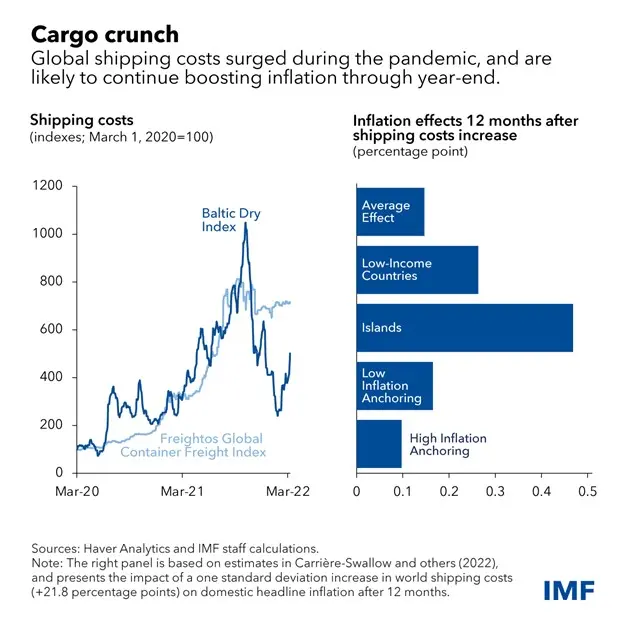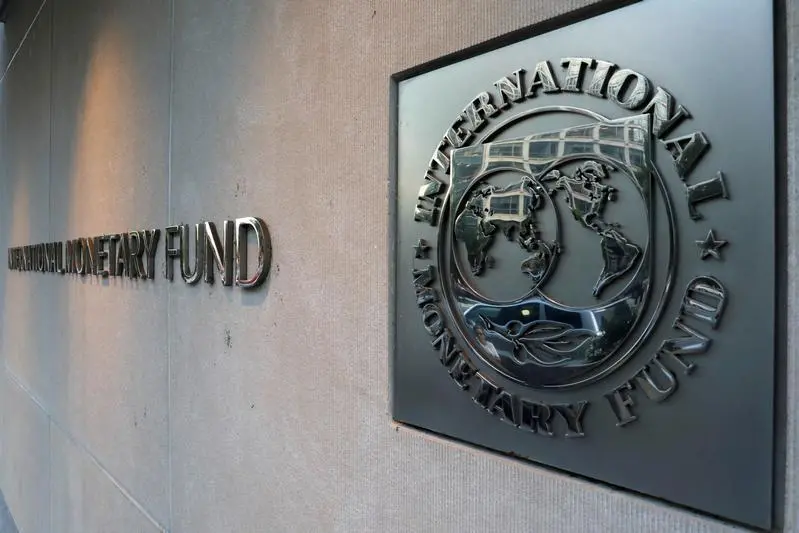PHOTO
International Monetary Fund (IMF) logo is seen outside its headquarters in Washington, September 4, 2018. Yuri Gripas, Reuters Image used for illustrative purpose.
Soaring shipping costs will drive inflation higher for consumers worldwide this year, the International Monetary Fund (IMF) said in a new report.
The cost of transporting goods via large sea vessels, which carry more than 80 percent of the world’s traded products, have been skyrocketing due to supply chain bottlenecks that started since the onset of the COVID-19 pandemic.
The rates for shipping a container through transoceanic trade routes, in particular, surged seven-fold in the 18 months following March 2020, while the cost of shipping commodities in bulk spiked even more, the IMF said in a new blog.


Shipping costs are also expected to continue rising this year and the war in Ukraine, which is likely to worsen supply chain disruptions, will keep the inflationary effects higher for longer, the lender added.
The impact will be worse in countries that rely heavily on imports, including those that are “more integrated into global supply chains”, as well as island states, and landlocked and low-income countries, which all pay higher freight costs.
The Washington-based lender had studied data from 143 countries over the past three decades. It found that when freight rates double, inflation picks up by about 0.7 percentage point. The effects tend to peak after a year and last up to 18 months, implying that the increase in shipping costs last year could increase inflation by about 1.5 percentage points this year.
“The inflationary impact of shipping costs will continue to build through the end of 2022. This will create complicated trade-offs for many central bankers facing increasing inflation and still ample slack in economic activity,” the IMF said.
“Moreover, the war in Ukraine is likely to cause further disruptions to supply chains, which could keep global shipping costs – and their inflationary effects – higher for longer,” it added.
(Reporting by Cleofe Maceda; editing by Daniel Luiz)





















